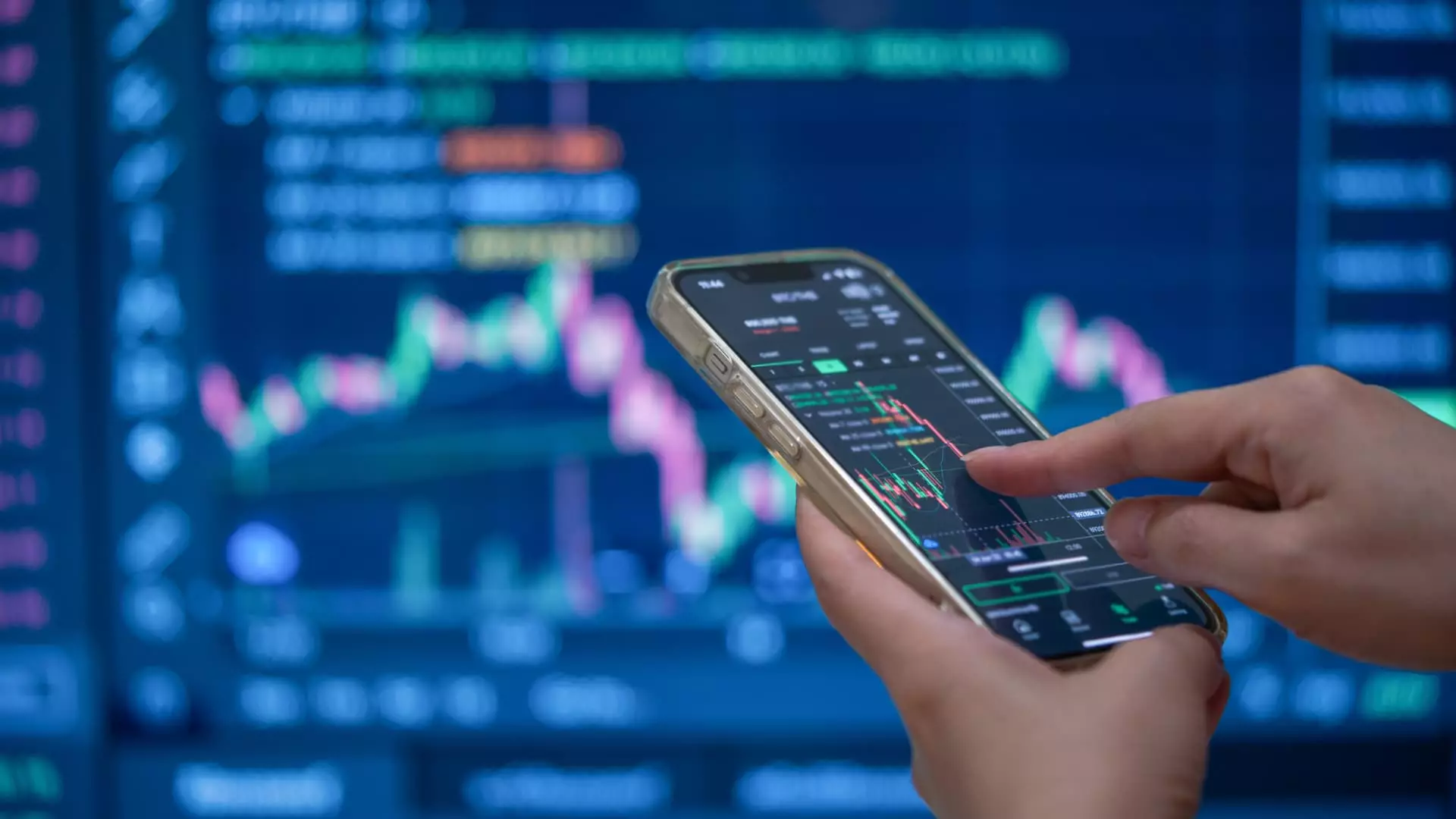The investment landscape has undergone a radical transformation over the past few years, particularly with the rise of digital platforms designed to democratize trading. One such platform making waves is Dub, which launched a new service aimed specifically at retail traders looking to emulate seasoned investors. This recent initiative allows select users to share their investment portfolios and earn royalties, fundamentally changing how everyday investors can engage in the financial market. This article will explore Dub’s innovative approach, analyzing its implications for both investors and the broader market.
Dub’s so-called “top creator program” offers financial incentives for users to showcase their portfolios, allowing others to follow their investment strategies. By paying select retail traders to share their investment choices, Dub not only shifts the focus from traditional stock picking to a more communal approach but also raises the stakes for the investors involved. Rather than simply paying attention to stock tickers or high-level market trends, users can now mirror portfolios of notable investors, which include significant figures like Federal Reserve Chair Jerome Powell or hedge fund giant Bill Ackman.
With a pricing structure that allows access for as little as $9.99 a month, Dub effectively incentivizes retail investors to enter the market with less risk, relying on the proven strategies of established investors. The platform eliminates the human error that often leads to missed trading opportunities by automating portfolio mirroring. This can potentially lead to more consistent returns for users who opt for a “set it and forget it” investment approach.
One of the standout features of Dub’s creator program is its divergence from the conventional business models seen in traditional finance. By paying traders based on scaling fees influenced by social metrics, Dub expands the definition of success in investment. Instead of merely measuring performance by returns, the program factors in aspects like followership and engagement. Comparisons to social media influencer remuneration are fitting; traders may find themselves cultivating not just portfolios but also personal brands.
However, this model raises questions about sustainability. As users experiment with different strategies, the accuracy of following one portfolio may not always result in consistent gains. The incentive structure puts pressure on creators to maintain performance while also building their following, leading to a potential dilemma where the quality of investment strategies might be overshadowed by the pursuit of popularity.
Dub’s launch coincides with a booming period for both retail trading and the influencer economy. Data reveals that retail traders have been flocking back to popular stocks, buoyed by the rise of meme stocks and day trading during the COVID-19 pandemic. This surge has created an environment ripe for platforms like Dub, as more individuals seek alternative ways to engage with the market amidst fluctuating economic conditions.
Moreover, the ongoing rise of content creators has laid a fertile ground for platforms that bridge finance and social influence. Goldman Sachs estimates that the influencer economy could grow to a staggering $480 billion by 2027, indicating a significant shift in how brands and products are marketed. Dub stands at the intersection of these two trends, aiming to consolidate investment strategies with social media dynamics.
As Dub aims to scale its influence, the founder, Steven Wang, looks forward to unveiling the next generation of successful investors, dubbing them the “next five Warren Buffetts.” The promise of generating wealth through increased visibility in the investment community can entice many savvy traders. However, with great opportunity comes substantial risk. Creating a competitive environment fueled by social engagement could lead to reckless investing behaviors, ultimately challenging the virtue of prudent financial planning.
The ability to view verified returns from past portfolio performances before committing funds introduces an element of accountability. Regardless, the inherent volatility of the market can still derail even the best strategies. Traders might have to balance the allure of quick gains against the necessity of comprehensive analysis—an interplay that could either elevate their financial acumen or lead them down a path of impulsive decision-making.
Dub embodies a new wave of investment philosophy that fuses traditional trading with the emergent principles of the influencer economy. While it provides users with exciting opportunities to replicate the successes of established investors, it also heralds a change in how financial wisdom is disseminated. Whether this model leads to profound changes in the way individuals invest remains to be seen. Still, it is clear that Dub is shaping the future of retail trading in a manner that prioritizes connectivity, transparency, and innovation. As the platform scales its offerings, the reverberations of its creator program may redefine investment practices for a new generation.

